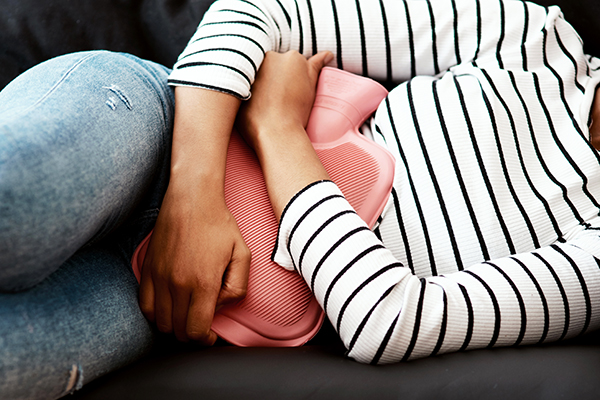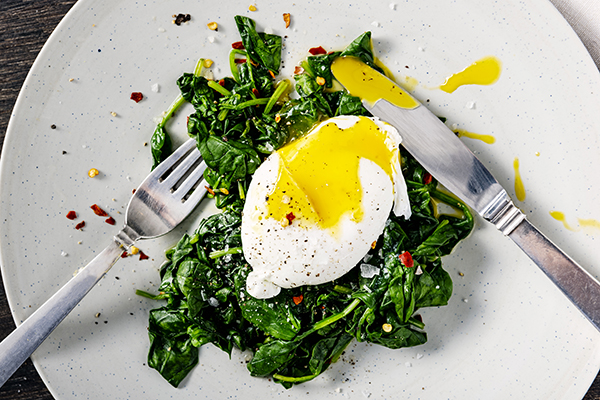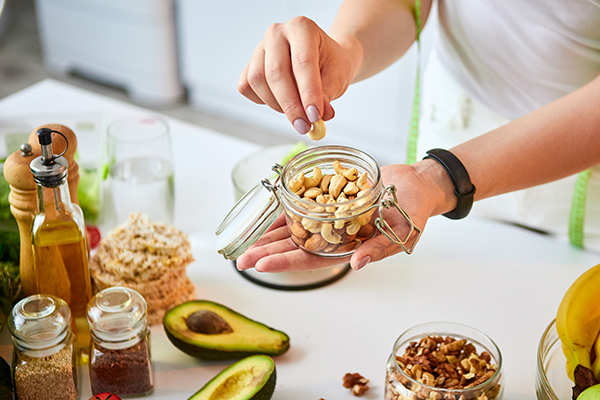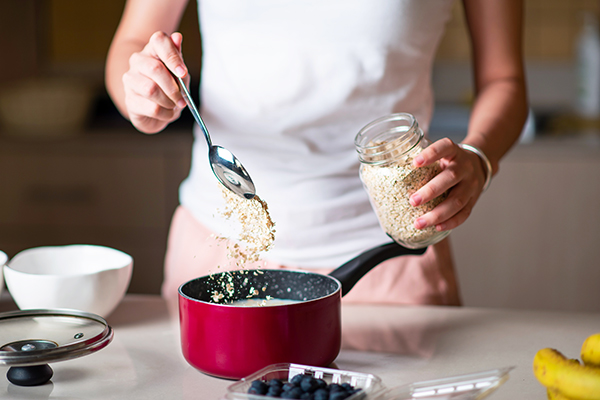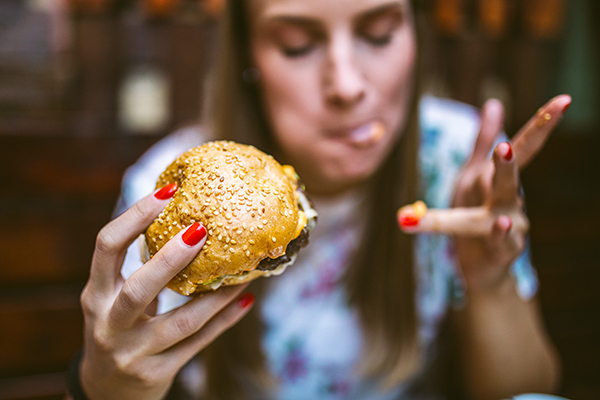What to Eat on Your Period – and What Not to Eat
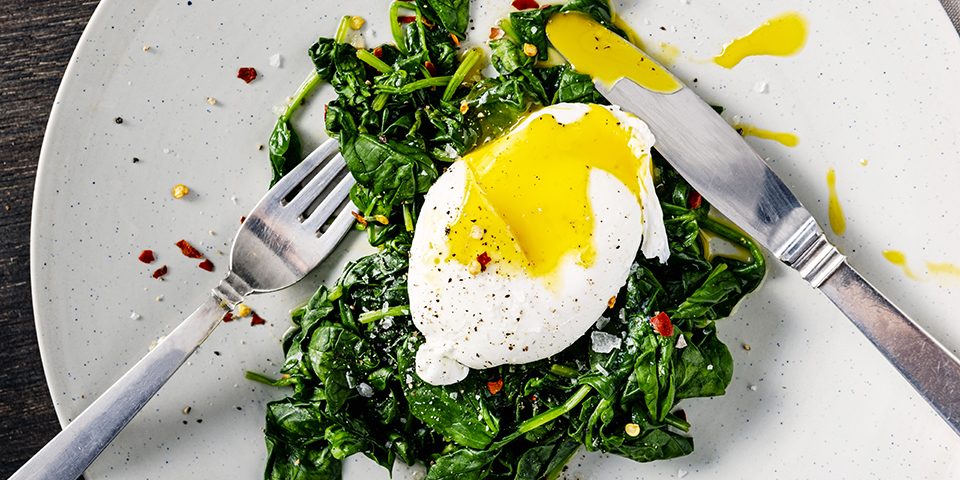
Your period just started, and you’re feeling less than awesome. When your belly starts to grumble, you opt for self-care in the form of food. Double fudge brownie ice cream. Salt and vinegar kettle chips. And allllll the cheese.
The problem?
The foods that taste good don’t always make you feel good, so your cravings shouldn’t be in charge of choosing what to eat on your period.
“Overall, you want to be supporting the hormonal shift happening in the body through both dietary intake and lifestyle behaviors,” says Natalie Welch, M.S., R.D.N., Nutrition Manager at BODi.
And, she adds, “It’s helpful to limit your intake of ultra-processed foods and added sugars,” as well as caffeine (which may make cramps worse for some) and alcohol (which is dehydrating and inflammatory). Sigh.
So what should you eat on your period? Read on to find out which nutrients to prioritize to feel your best – and which of your favorite foods can provide them.
Key Nutrients for Menstrual Health
Due to blood loss and shifts in hormones, certain essential nutrients are extra important during your period.
“During your period, it is important to focus on getting enough of certain nutrients that are vital for maintaining overall health,” explains Dr. Javier Saldana, M.D., a board-certified obstetrician and gynecologist.
By including certain foods that provide them (and avoiding other foods), you “can help keep hormones balanced, which may reduce bloating, cramps, fatigue, headaches, and other symptoms.”
“Iron is needed for red blood cell production, and this is important during your period since you need to replace losses,” says Welch. “Magnesium and calcium may help with cramping, and calcium also supports both blood clotting and blood flow.”
Iron-Rich Foods
Iron deficiency is the most common nutritional deficiency in the developed world, and the blood loss that happens during menstruation is the most common cause for women of reproductive age.
“Iron is necessary for hemoglobin synthesis and red blood cell production,” says registered dietitian Melissa Wasserman Baker, R.D.N.
It helps replenish blood stores each month, and maintaining adequate levels helps prevent iron-deficient anemia and other issues, including restless legs and hair loss.
Heme iron from animal sources is more bioavailable than non-heme iron in plant-based foods.
Animal sources include meat (including organ meats), poultry, and seafood. Plants that provide iron include fortified breakfast cereals, legumes (such as white beans, chickpeas, kidney beans, and lentils), and cooked leafy greens (including spinach and kale).
Calcium-Rich Foods
Supplementing with calcium and vitamin D can help ease PMS — though researchers aren’t sure whether it can prevent those symptoms.
Together with magnesium, “calcium may help with cramping, and calcium supports both blood clotting and blood flow,” explains Welch.
The best source of calcium is dairy, including milk, yogurt, and cheese. “I love Greek yogurt which also provides high quality protein,” she adds.
Non-dairy sources of calcium include fortified dairy-free milks, winter squash, tofu, almonds, canned salmon (with bones), and leafy greens.
Magnesium-Rich Foods
“Magnesium helps to regulate muscle and nerve function,” says Wasserman Baker, so keep it in mind when planning what to eat on your period.
A 2017 literature review found that supplementing with magnesium effectively prevented dysmenorrhea (period cramps and pain), PMS, and migraines related to menstruation, but most U.S. adults aren’t consuming enough.
Magnesium-rich foods include nuts, seeds, whole grains, and leafy greens.
“Another great source of magnesium that may also satisfy a craving is dark chocolate,” suggests Welch.
Foods to Eat During Your Period
Here’s what to eat on your period (most of the time).
Whole Grains and Complex Carbohydrates
Whole grains and complex carbohydrates like oatmeal, brown rice, and sweet potatoes can satisfy cravings while delivering nutrients (including magnesium!).
And they may also ease any period-related bathroom issues.
“Incorporating fiber-rich foods such as fruits, vegetables, whole grains, and legumes can help regulate bowel movements and alleviate constipation,” says Wasserman Baker.
Fruits and Vegetables
Welch suggests prioritizing fruits and vegetables during your period.
Full of fiber and phytonutrients, foods like berries, oranges, leafy greens, and cruciferous vegetables also deliver loads of nutrition without loads of calories.
Healthy Fats
Make sure to include healthy fats, like the poly- and monounsaturated kinds during your period.
“For healthy fats like polyunsaturated omega-3s, I love salmon or tuna and for monounsaturated fats, avocado is an easy, yummy source,” suggests Welch.
Foods Not to Eat During Your Period
“Processed sugars and refined carbohydrates can cause blood sugar imbalances and exacerbate mood swings and irritability during menstruation,” says Wasserman Baker.
Here’s a list of what not to eat on your period.
Processed Foods
“Eating more added sugars and ultra-processed/packaged foods displaces foods in your diet that are more nutrient-dense,” warns Welch.
While it’s fine to honor cravings sometimes, foods like chips, cookies, and fast food should be occasional treats.
Plus, excessively salty, packaged foods can make you retain water and feel bloated, she says.
“When we do choose to eat these ‘fun foods,’ pairing them with protein and fiber-rich foods helps blunt any blood sugar spikes. Stable blood sugars have a positive effect on hormone balance,” Welch explains.
An example would be, a piece of chocolate (bonus point for dark chocolate which contains magnesium!) and a handful of nuts.
Caffeine
Consider swapping your latte for decaf on your period.
“Caffeine may exacerbate cramping for some people,” says Welch. “If caffeine is a must, try tea or matcha instead of coffee for less total caffeine intake, which can not only help with cramping but also GI symptoms like gas, bloating, and diarrhea. Making it with a milk that contains protein is also a plus.”
Alcohol
While a cocktail, beer, or glass of wine may make you feel more chill on your period, it could be making other symptoms worse.
That’s because “alcohol can increase dehydration and worsen bloating and cramps,” says Wasserman Baker.
Welch suggests sticking to mocktails instead.
Other Tips for Eating During Your Period
- Stay hydrated. Drinking enough water can help offset GI symptoms as well as headaches related to mild dehydration.
- Eat regular meals. When you’re already moody and irritable, feeling “hangry” can push you over the edge. Eating regular meals can help keep blood sugar, mood, and energy levels stable.
- Prioritize quality protein. Like fiber, protein will help manage blood sugar spikes and manage hunger. Foods like chicken, tofu, and lentils provide iron, too.
- Focus on recovery. If you’re working out on your period, make sure you’re refueling properly to help you feel your best.
The Bottom Line
What you eat on your period can impact how you feel both physically and emotionally.
To manage cravings and minimize PMS and other symptoms, prioritize foods like proteins, healthy fats, fruits and vegetables, whole grains, and complex carbs.
Whenever possible, limit or eliminate processed foods, added sugars, alcohol, and caffeine.


